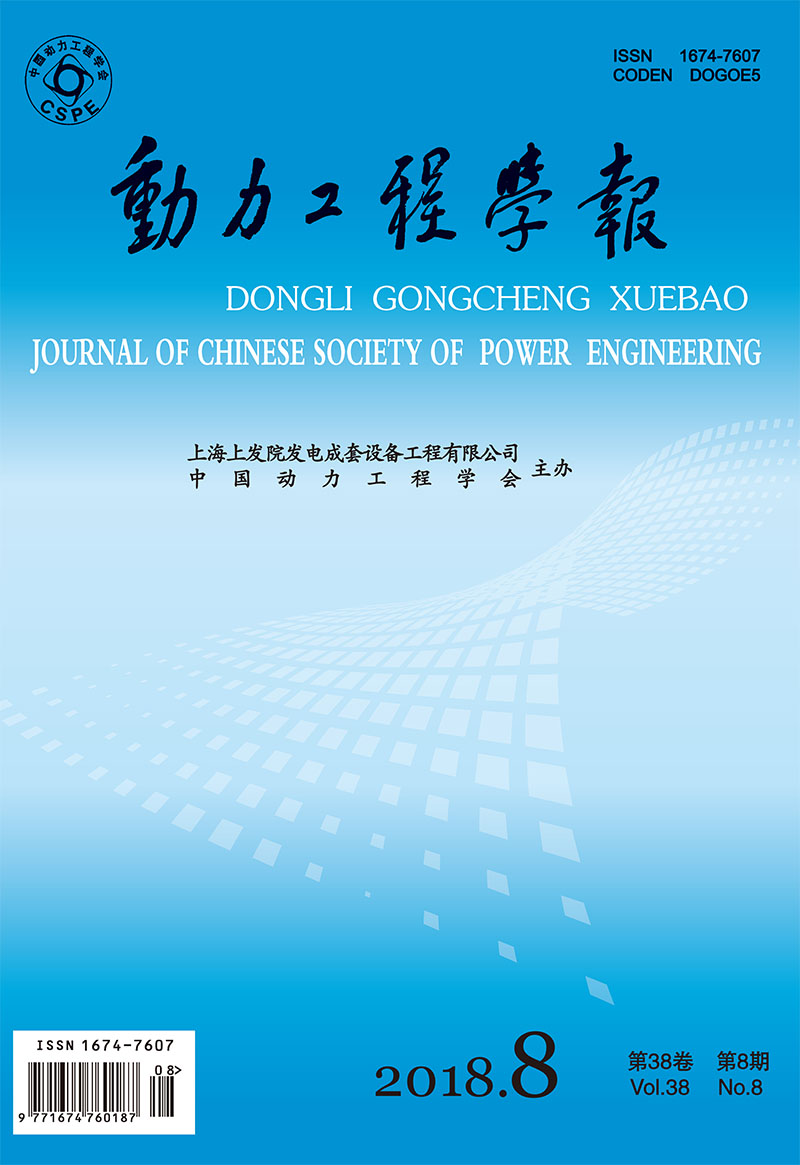CHANG Yongqiang, LIU Xuemin, QI Guoli, LI Debiao, MENG Yong, GUAN Jian
2018, 38(8): 610-616.
A comparative study was conducted on the Chinese standard GB/T 10180-2017 "Thermal performance test code for industrial boilers", Chinese standard GB/T 10184-2015 "Performance test code for utility boilers" and the American standard ASME-PTC4 "Performance test code for fired steam generators". Results show that for the calculation methods, the test principles of the Chinese and American standards are the same, based on the energy balance that the energy entering the system boundary is equal to that leaving the system boundary. In ASME PTC4 and GB/T 10184, the energy input to the system is classified into two kinds:energy input from fuel (heating value of fuel) and energy input from other sources, while in GB/T 10180, the energy input is defined as the total energy added to the system (heating value of fuel and energy input from other sources). Therefore, the boiler efficiency in both ASME PTC4 and GB/T 10184 essentially refers to fuel efficiency, whereas in GB/T 10180, it refers to gross efficiency. For uncertainty analysis, ASME PTC4 describes the assessment method of test uncertainty in detail, while Chinese standards are lack of uncertainty analysis and assessment method. By comparison of Chinese standards and ASME PTC4, it can be found that in the performance test for utility boilers, the two standards are getting closer and closer, while in the performance test for industrial boilers, great differences still exist.
